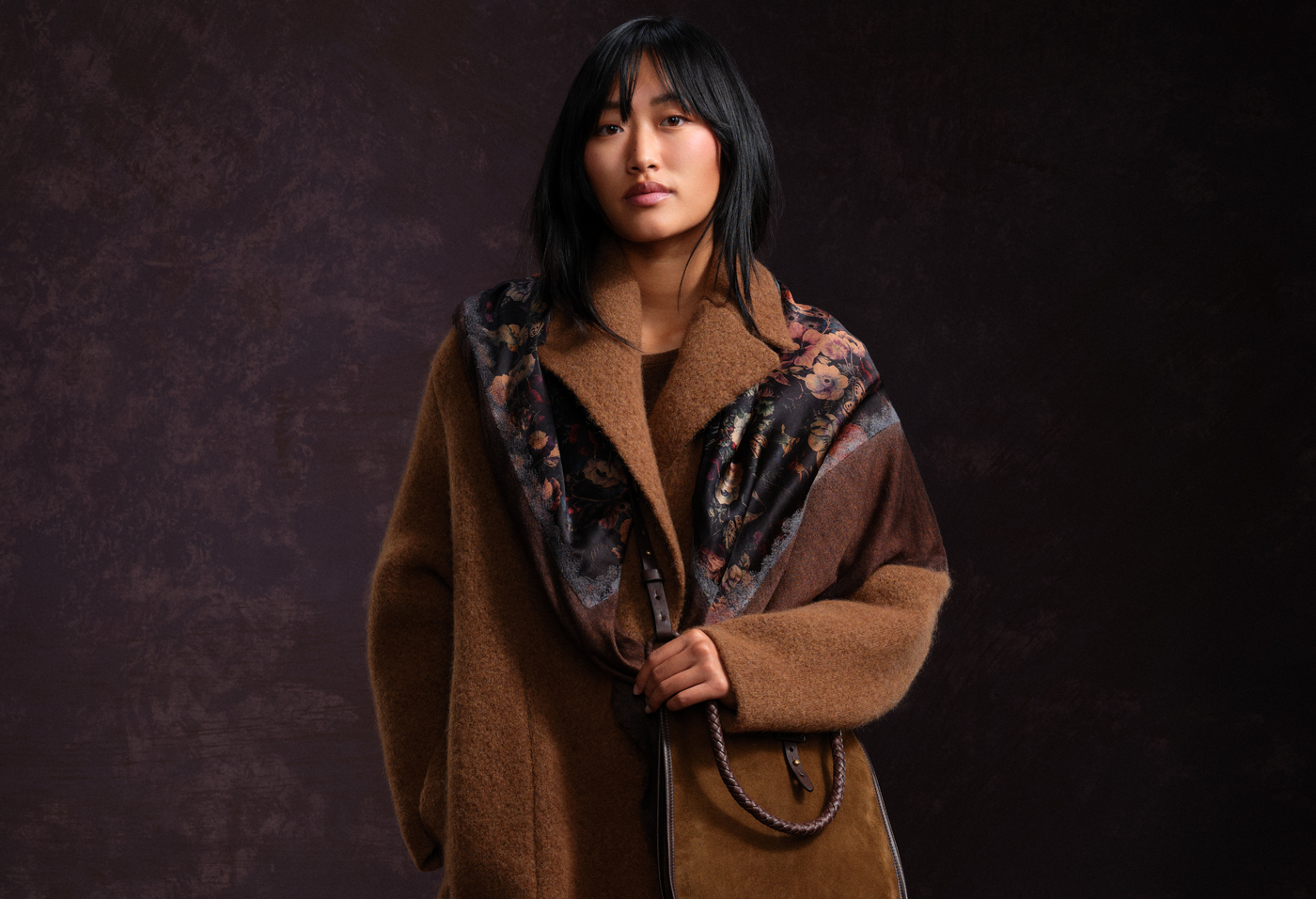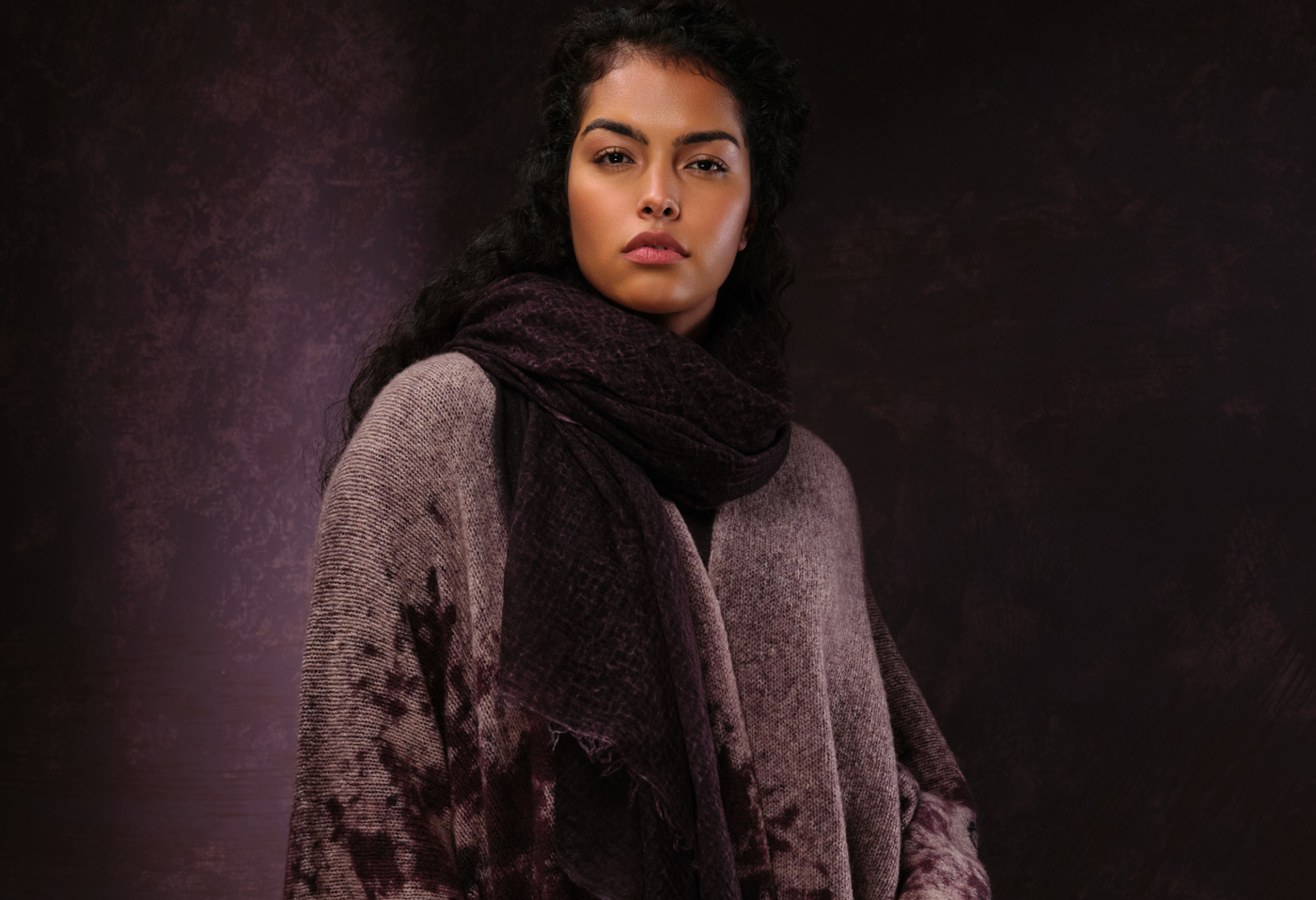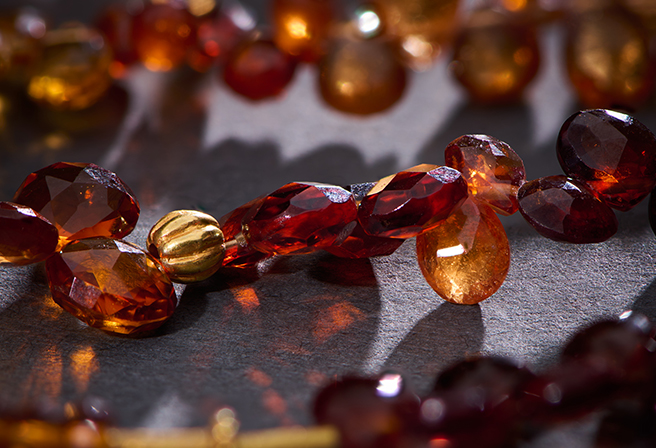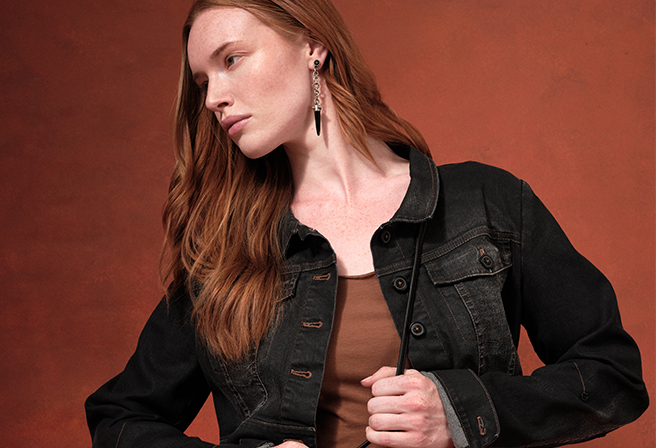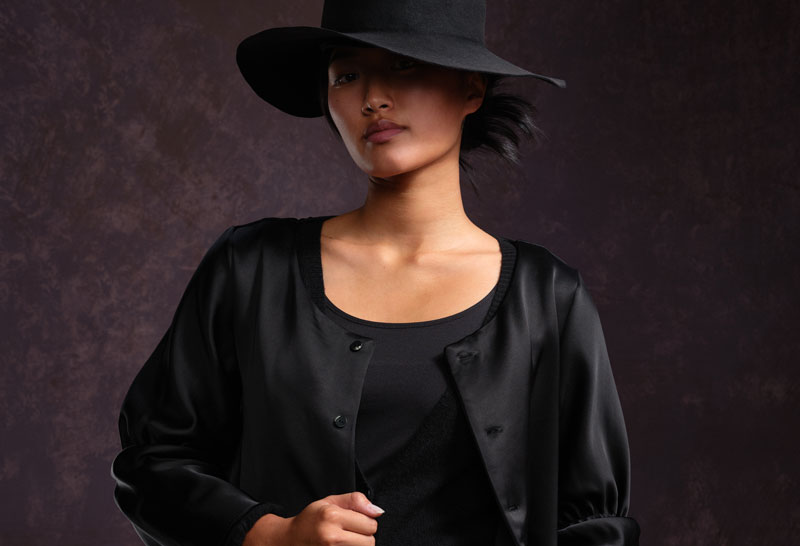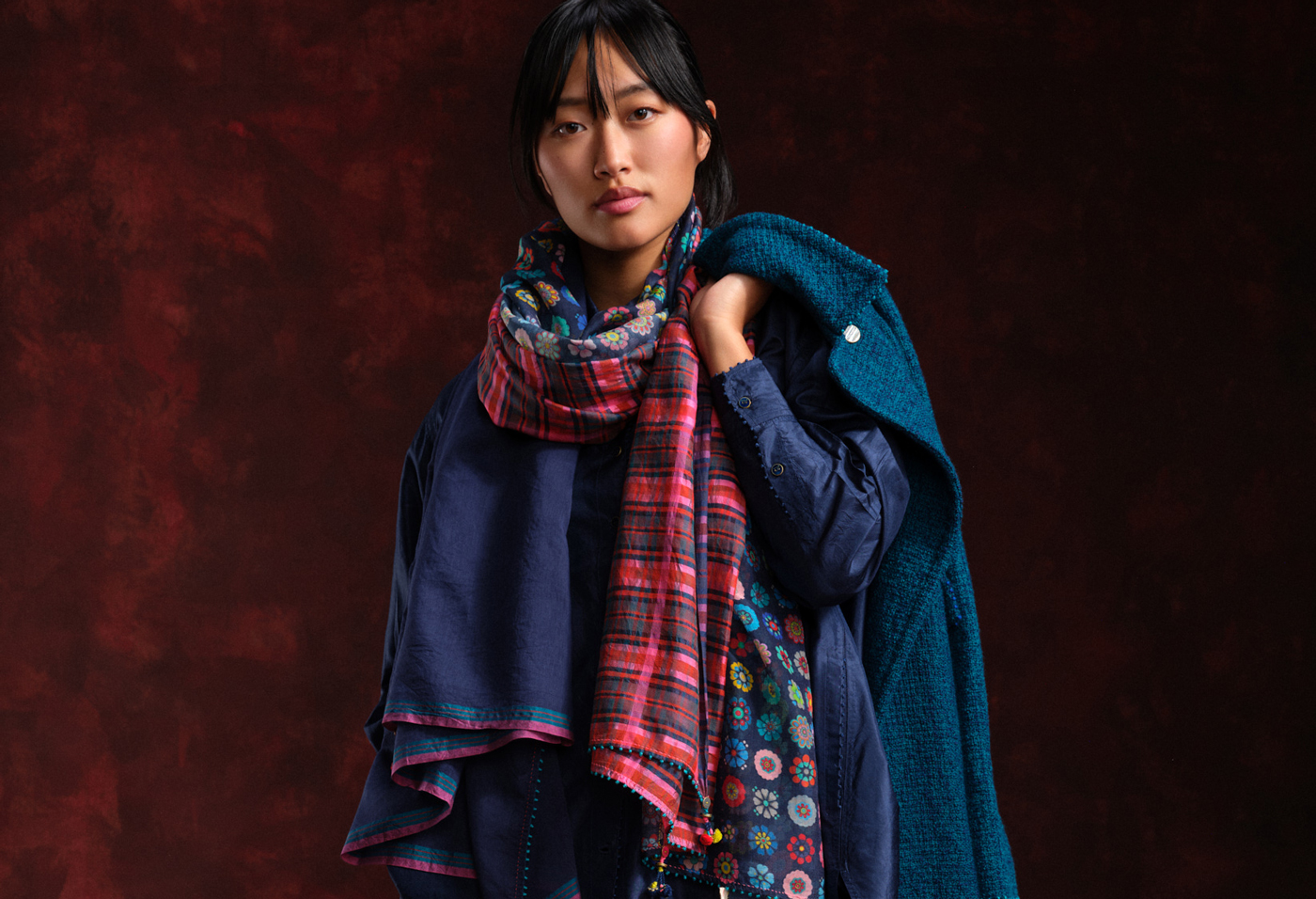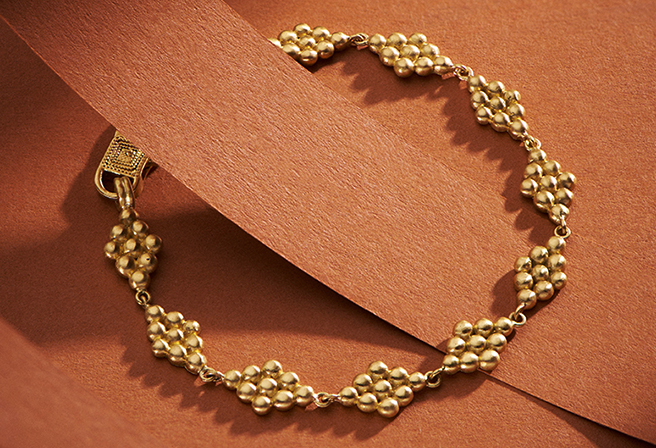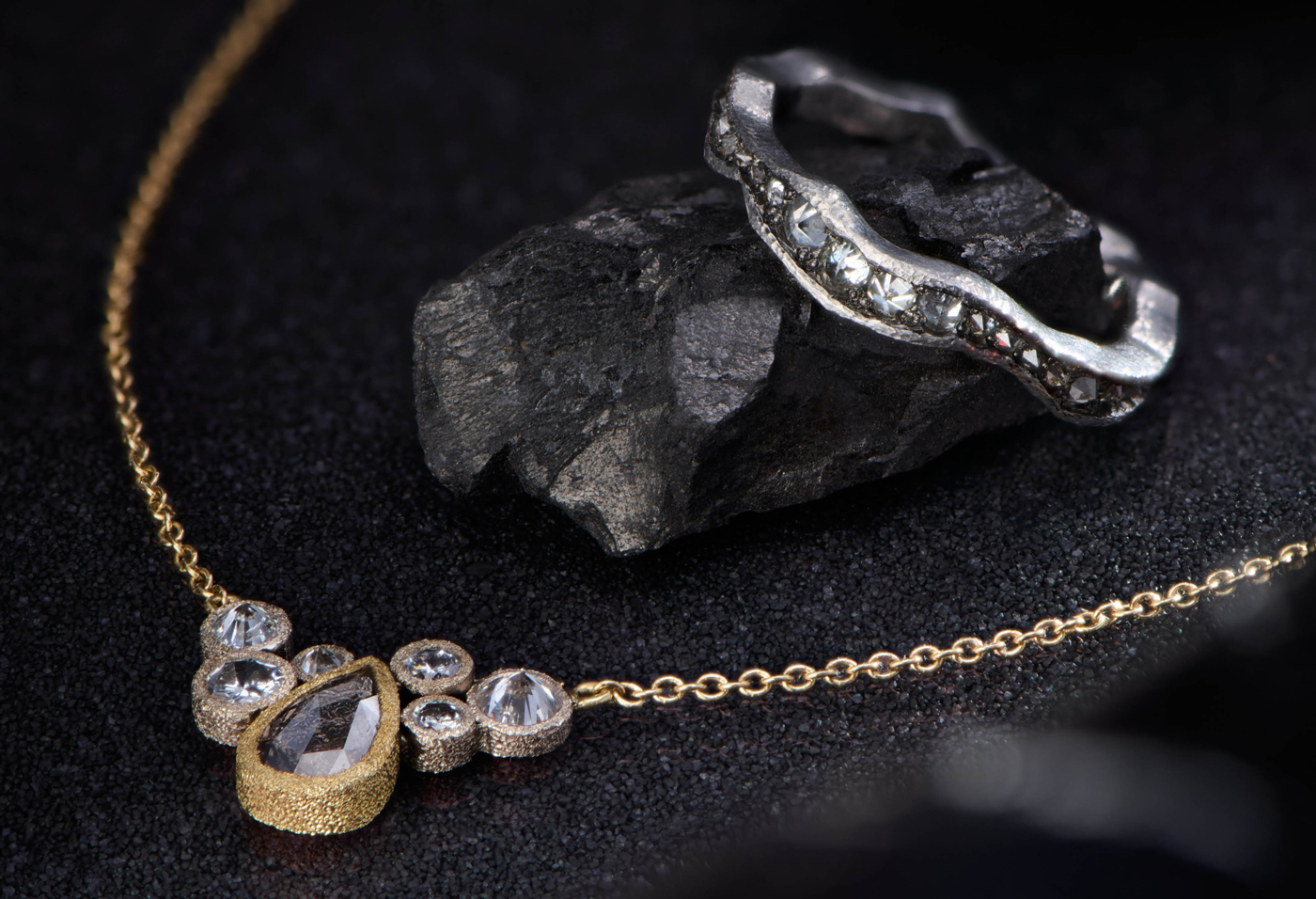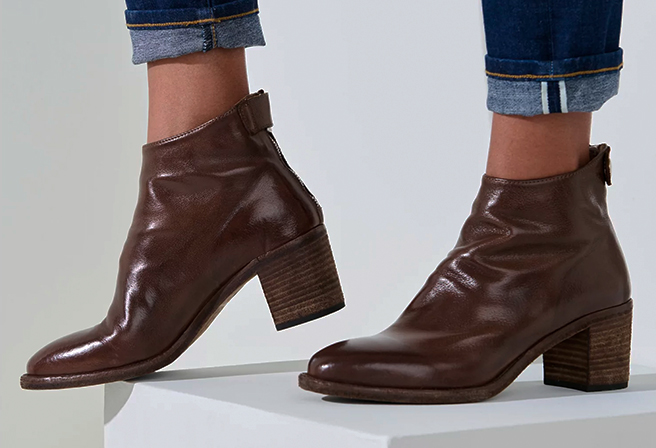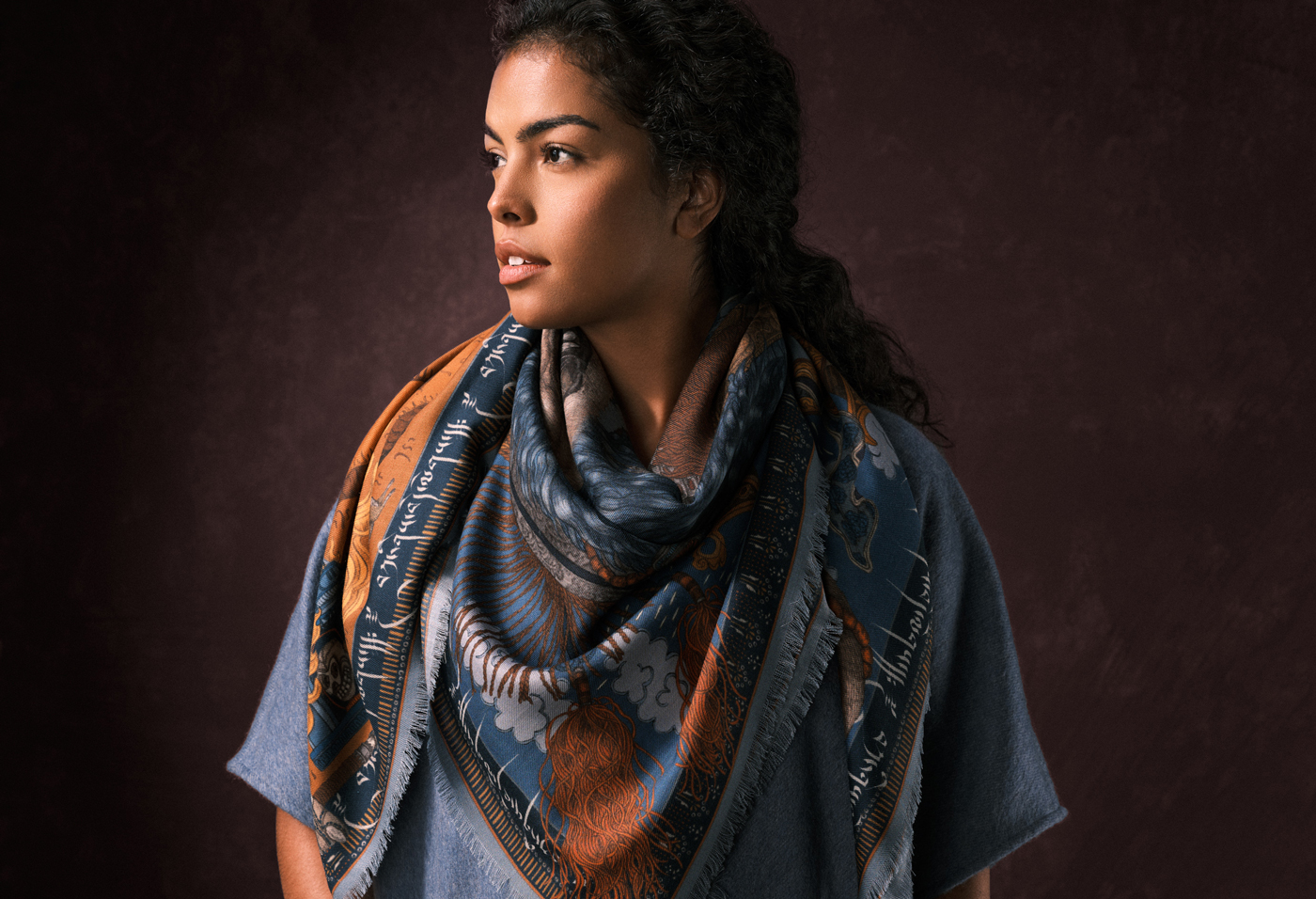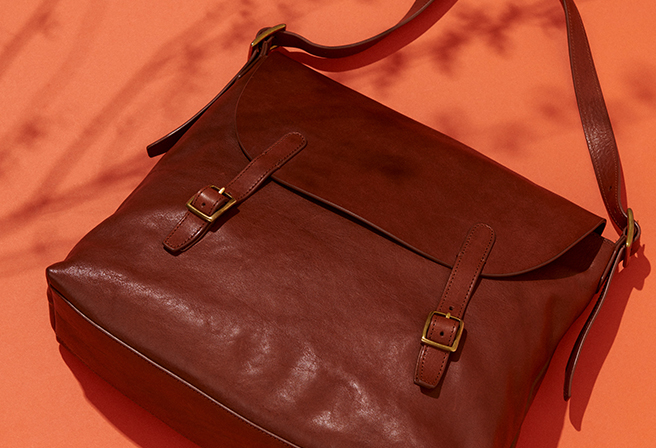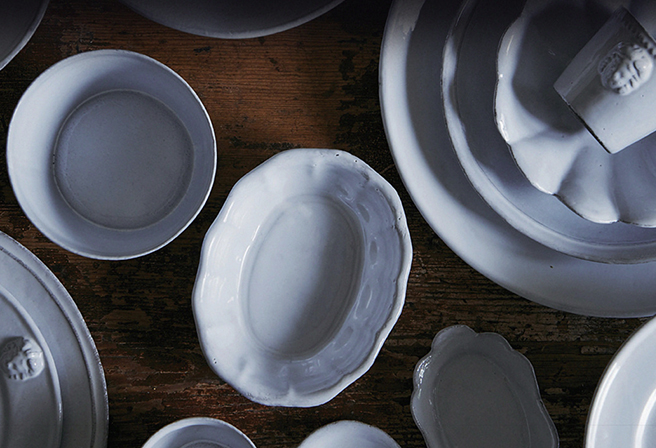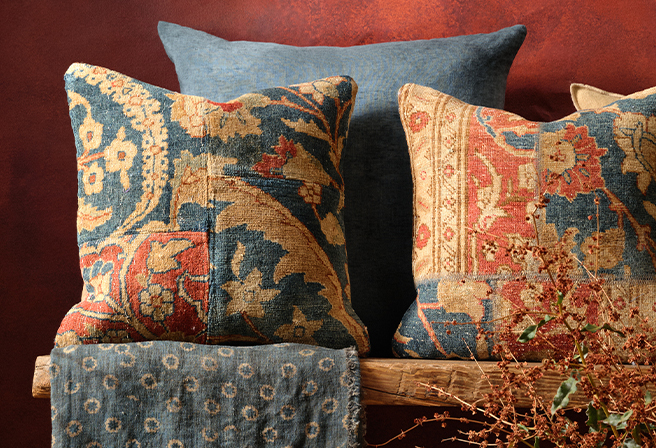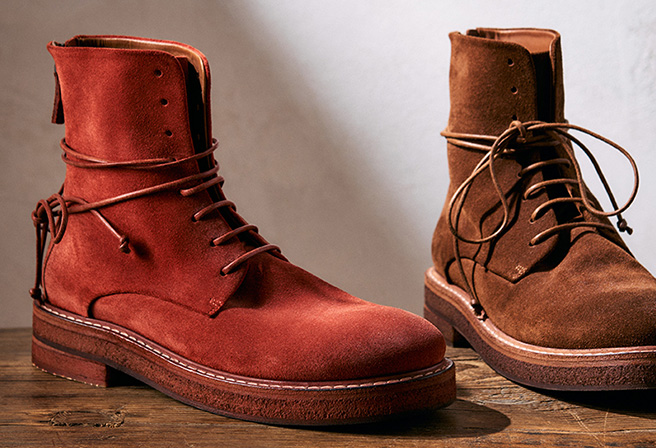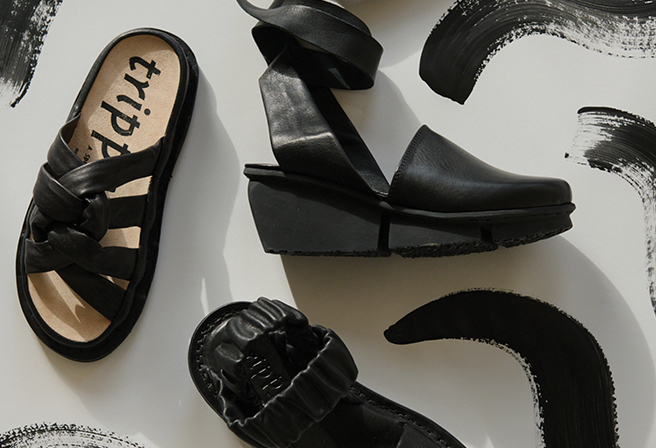Dark florals are a strong statement in modern fashion, demonstrating a wide-ranging influence similar to the emergence of the Breton stripe nearly a hundred years ago. Wearing floral garments is synonymous with effortless style, from elegant to avant-garde. Although florals are traditionally associated with femininity, they are notably versatile. The inherent duality of dark florals make them relevant to moodier, fall colored wardrobes as well as finding a place in the spring closet due to the nature of the flowers themselves. Below we have highlighted some of our favorite floral pieces and their unique qualities.
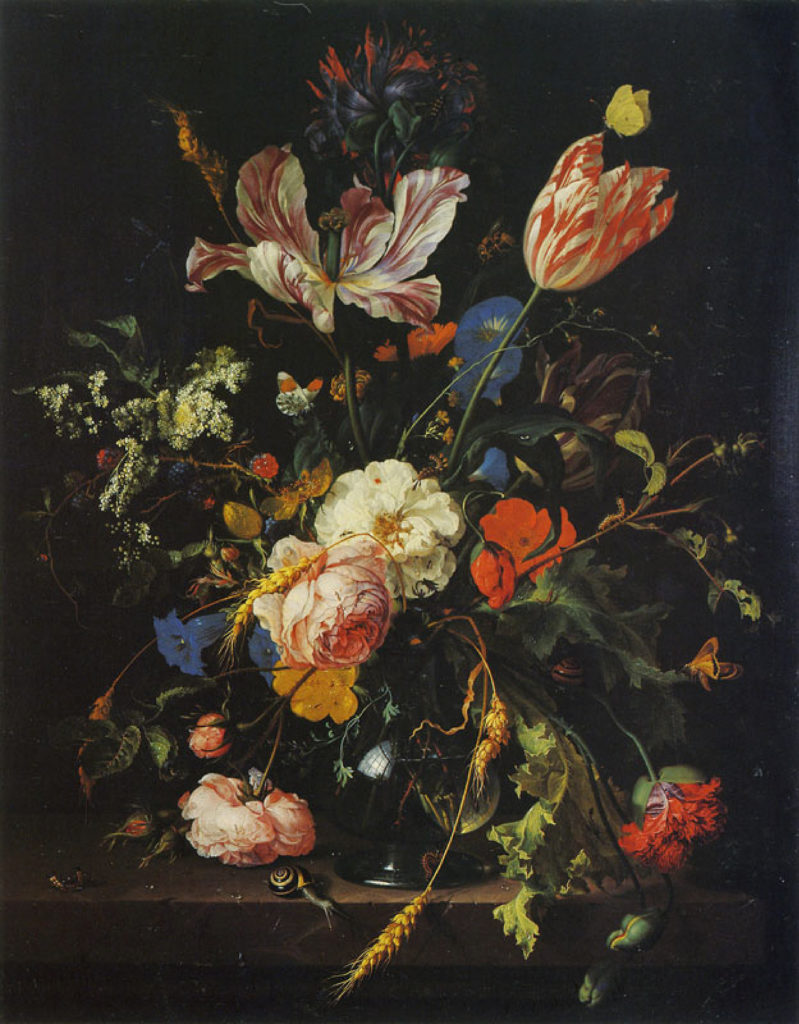
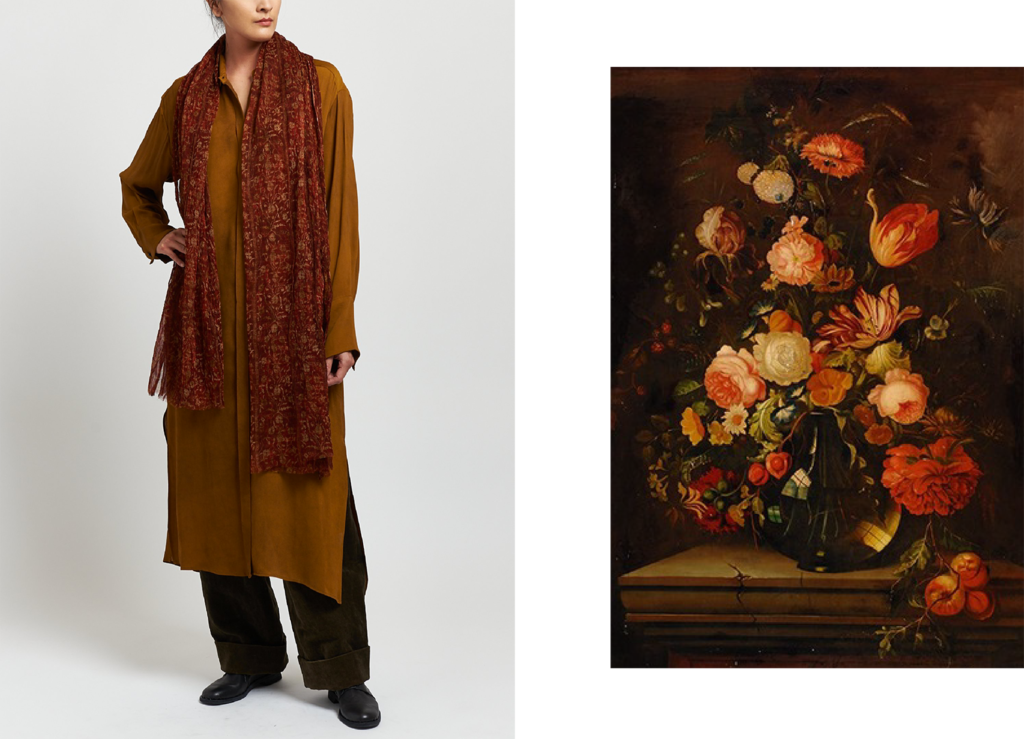
A Sensory Relationship
What does it mean to be lying in a bed of flowers? Florals are experiential, a connection with the ground, creating a sensory relationship with form and color. References to femininity and nature are imbued in Uma Wang’s collections, with a twist. Flowers have an innate sense of femininity that may not suit everyone; Uma Wang demonstrates the unique ability to take an illustration of entangled petals and vines and bring it back to its roots. Whether in subdued tones or vibrant reds, her floral illustrations are anything but ordinary, draping the wearer in patterns imbued with an earthy groundedness.
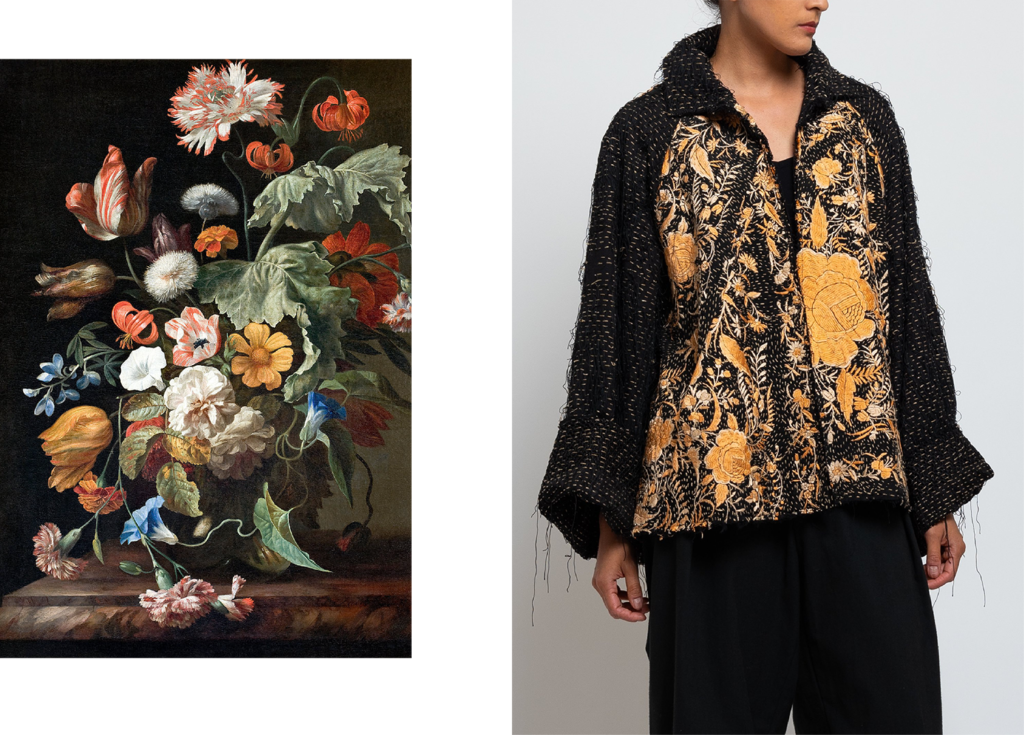
Vintage Charisma
Dark florals illuminate regal appliqués embroidered with golden fibers in the designs of By Walid. Textiles made for a queen meet textures for an individualist while masterful grace is woven into the luxury of each flower. The patterns on By Walid’s piano shawls have a Victorian air and feminine sensibility thanks to the intricacies in each hand stitched flower.
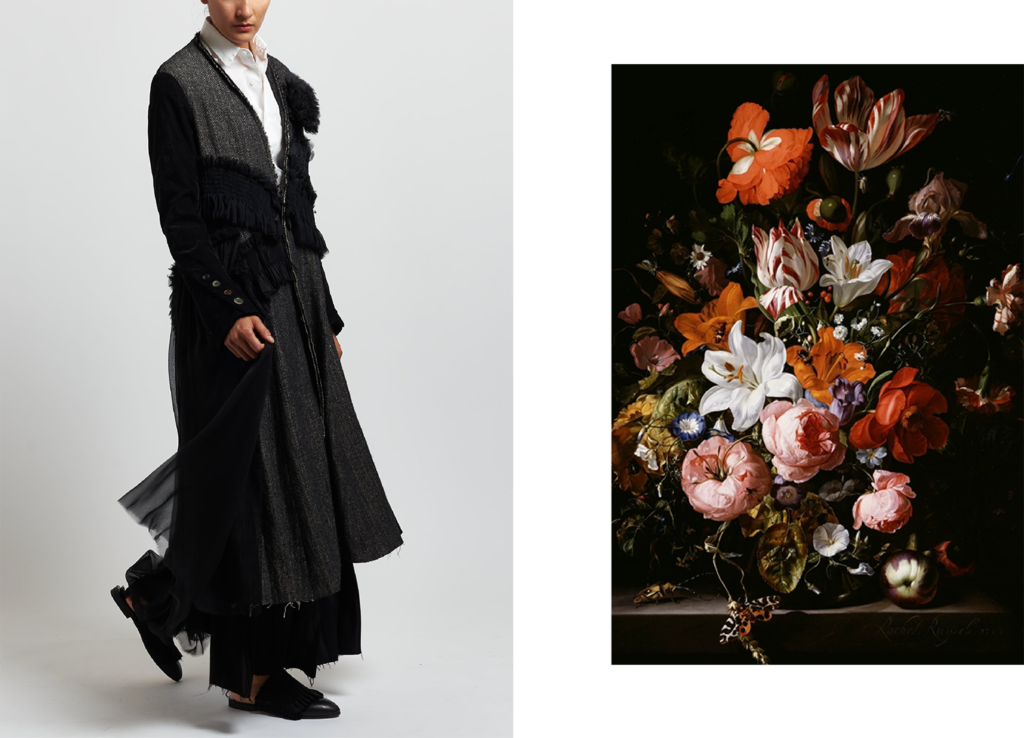
Depth and Deconstruction
Subtleties are created through patterning and texture, which can change the entire meaning of a piece. A Tentative Atelier showcases depth through floral jacquards that are romantic with a gothic-renaissance undertone still relevant today. For designer Sacai, utilitarian details deconstruct the effect of feminine, bringing an androgynous edge to flowers softened with pleats and lace.
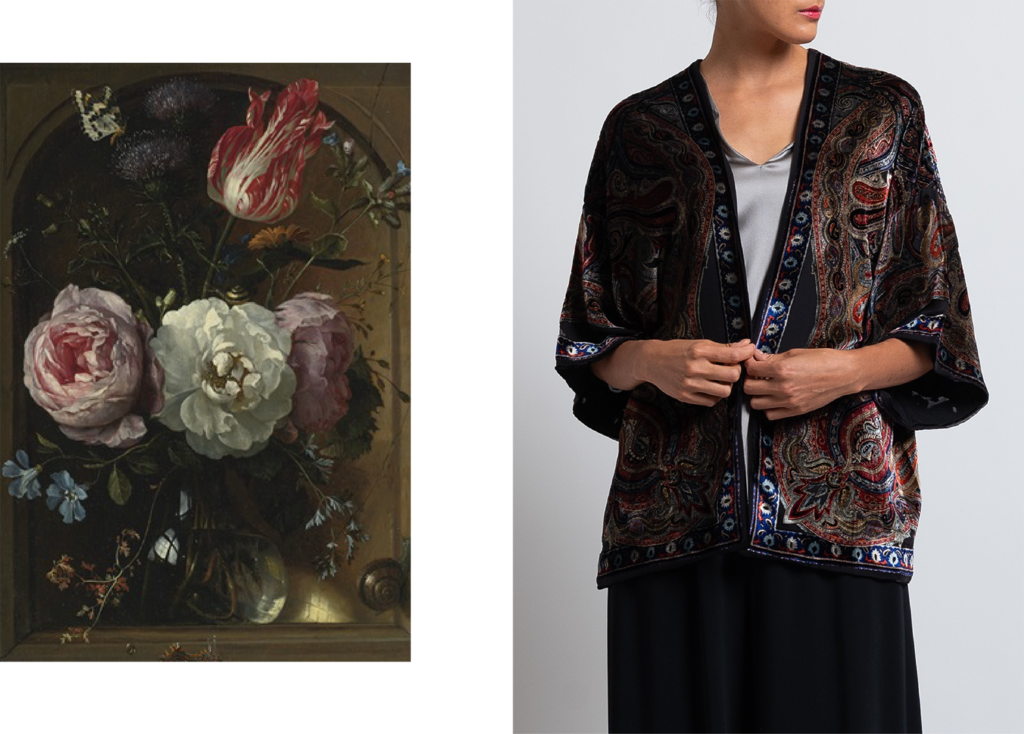
Hypnotizing Patterns
Animals and bursting greenery often portray the living fertility of plant life, as tropical leaves and exotic flowers cascade from each stem. Etro typically channels the hyper-visual of florals and pairs them with paisley to create sophistication. No stranger to color, their work embodies a maximalist perspective. They are also masters of color, portraying their hypnotizing patterns in ranges from pastel to vibrant to opaque.
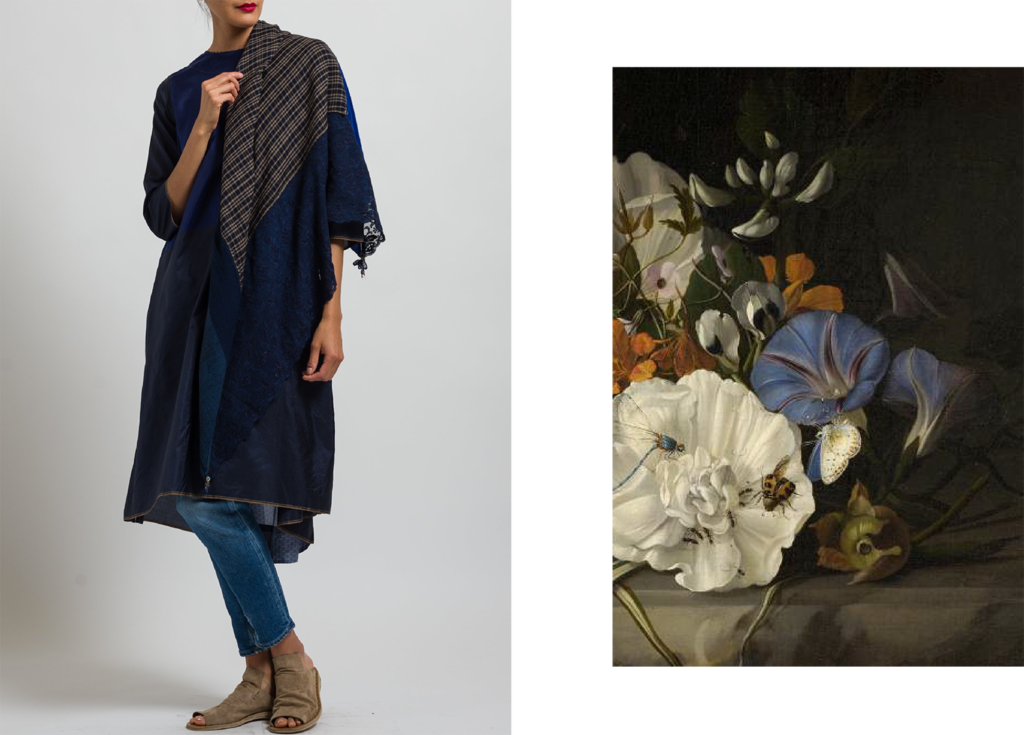
Familiar Fauna
Péro is well acquainted with floral imagery. With each season they portray the familiar fauna through a new lens, whether it be united in themes of the ocean or the source of their materials. From beaded florals, to embroidered petals and textured lace accents, the techniques they employ never disappoint.
About the Artwork
Featured above is the artwork of Rachel Ruysch and Jan Davidsz de Heem respectively. Rachel Ruysch specialized in flowers, invented her own style and achieved international fame in her lifetime. She became one of the most documented female painters of the Dutch Golden Age.
Many Dutch painters are renowned for their intriguing still lifes, filled with symbolic objects that create a commentary on the passage of time and inevitability of death, called vanitas. In some ways, their work also achieved the antithesis of this.
Painters like Jan Davidsz de Heem were celebrated for their ability to unite flowers from many seasons in a single painting, keeping them alive for centuries. The artist’s power to “out-do” nature itself is evident in the detail of each painting: from the stone pedestal riddled with cracks to the insects perched softly on each petal.
